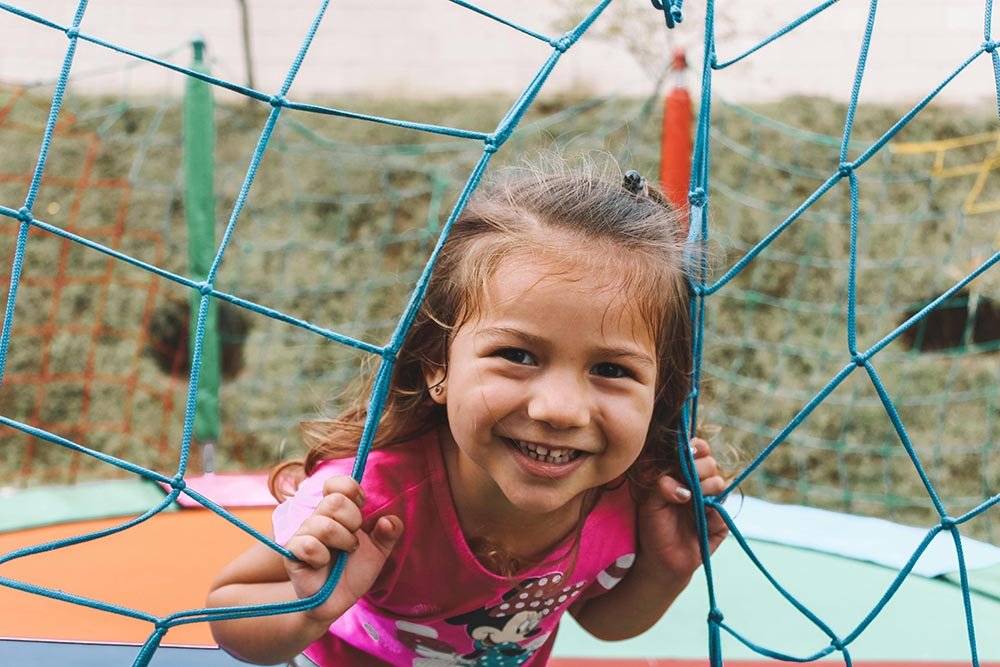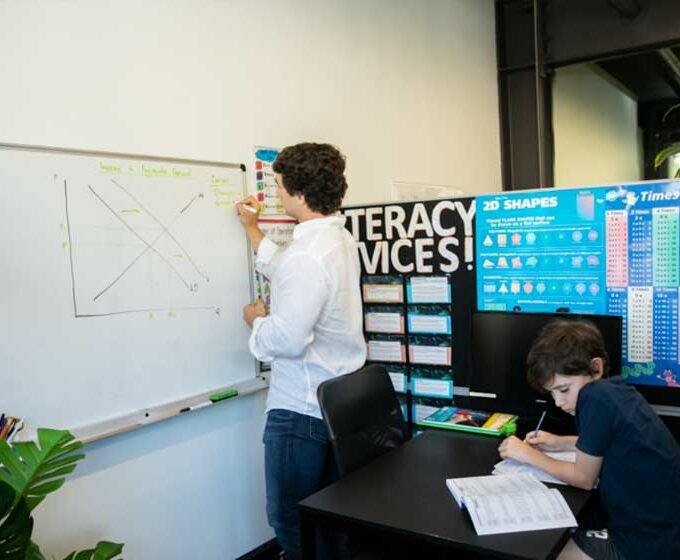Playgrounds are fundamental to a child’s development, providing a space for exploration, learning, and physical activity. As times evolve, so do the needs and preferences of children. Revamping a playground is not merely about replacing old equipment with new; it’s about creating an environment that promotes growth, safety, inclusivity, and sustainability. Schools planning a playground makeover must adopt a comprehensive approach, considering various factors to ensure the new playground caters to all students’ needs. Here are crucial aspects schools should consider during this transformative process.
Prioritizing Safety
Ensuring safety should be the foremost concern in any playground renovation. The U.S. Consumer Product Safety Commission reports that over 200,000 children receive treatment annually for playground-related injuries. To reduce these risks, schools should ensure all playground equipment adheres to the latest safety standards and guidelines. This involves using age-appropriate equipment, maintaining adequate spacing between structures, and installing safe surfacing materials like rubber mulch, sand, or engineered wood fiber to cushion falls. Routine maintenance is equally essential. Schools should implement a regular inspection schedule to identify and rectify potential hazards such as broken equipment, sharp edges, or exposed bolts. Engaging certified playground safety inspectors during both the design and maintenance phases can ensure comprehensive safety measures are in place.
Embracing Inclusivity and Accessibility
Modern playgrounds should be designed to accommodate all children, including those with disabilities. Adhering to the Americans with Disabilities Act (ADA) standards for accessible design is crucial for creating inclusive playgrounds. This includes installing ramps and transfer stations for wheelchair access, sensory play panels for children with sensory processing disorders, and ground-level activities that all children can enjoy.
Designing for inclusivity also means considering the needs of children with various developmental and physical abilities. Features like quiet spaces, tactile elements, and adaptive swings can make the playground a welcoming environment for everyone. Consulting with experts in special education and child development can help create a truly inclusive space.
Providing Engaging and Stimulating Play
To keep children engaged, playgrounds need more than just swings and slides. Modern playgrounds should incorporate elements that stimulate creativity, problem-solving, and social interaction. Schools should consider a variety of play structures that offer different challenges and experiences, such as climbing walls, rope courses, and interactive panels, which provide both physical and mental stimulation, fostering overall development.
Natural elements like sand, water, and plants can enhance play experiences by encouraging imaginative play and offering sensory benefits. Nature-inspired play areas can feature rock formations for climbing, water tables for sensory play, and garden areas where children can explore and learn about the environment.
Fostering Sustainability
In today’s environmentally conscious world, sustainability is a critical consideration in playground design. Schools should seek eco-friendly materials and equipment. Options include recycled plastic and metal, sustainably sourced wood, and non-toxic paints and finishes. Incorporating solar-powered lighting and water-saving features can also contribute to a more sustainable playground. Furthermore, involving students in sustainability initiatives, such as recycling programs or garden projects, can transform the playground into a living classroom where children learn about environmental stewardship. Schools should pursue certifications like LEED (Leadership in Energy and Environmental Design) to demonstrate their commitment to sustainability.
Engaging the Community
A playground is a community space, and involving the community in its design and construction can foster a sense of ownership and pride. Schools should gather input from students, parents, teachers, and local residents during the planning stages through surveys, focus groups, and public meetings. Engaging the community helps identify the needs and preferences of playground users and can generate support and funding for the project.
Volunteer programs can be a valuable resource. Community members may offer their time and skills to assist with construction, maintenance, or fundraising efforts. Schools can organize “build days” where volunteers come together to help install equipment, plant gardens or paint murals.
Budgeting and Securing Funding
Budget constraints often pose a challenge for schools planning a playground makeover. However, various funding sources are available. Grants from government agencies, non-profit organizations, and corporate sponsors can provide significant financial support. Schools should research available grants and prepare detailed applications that highlight the benefits of the proposed playground for the community.
Fundraising events such as bake sales, fun runs, or silent auctions can also generate funds. Involving students in these activities not only helps raise money but also teaches valuable lessons about teamwork and community involvement.
Planning for the Long Term
A playground makeover should be part of a long-term vision for the school’s outdoor spaces. Schools should consider how the playground fits into the overall landscape and future development plans, including potential expansions, additional amenities, and ongoing maintenance. Creating a master plan that outlines future goals and projects can help ensure the playground remains a vibrant and functional space for years to come. Schools should also plan for regular updates and improvements to keep the playground fresh and exciting for new generations of students.
Conclusion
A playground makeover is a significant undertaking requiring careful planning and consideration. By prioritizing safety, inclusivity, engagement, sustainability, community involvement, and long-term planning, schools can create a playground that meets the needs of today’s children and serves as a cherished community space for years to come. Investing in a thoughtfully designed playground yields significant returns in the form of healthier, happier, and more engaged students, making it a worthwhile endeavor for any school.
















